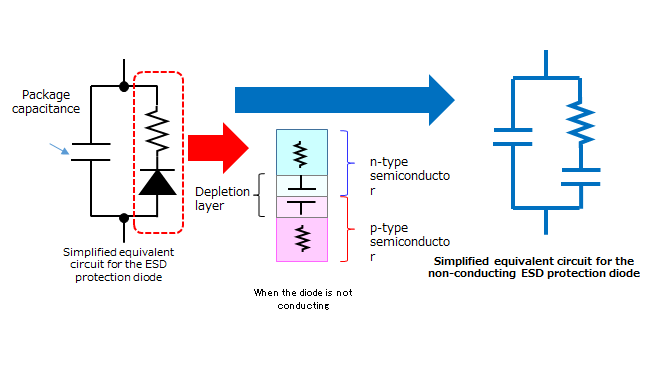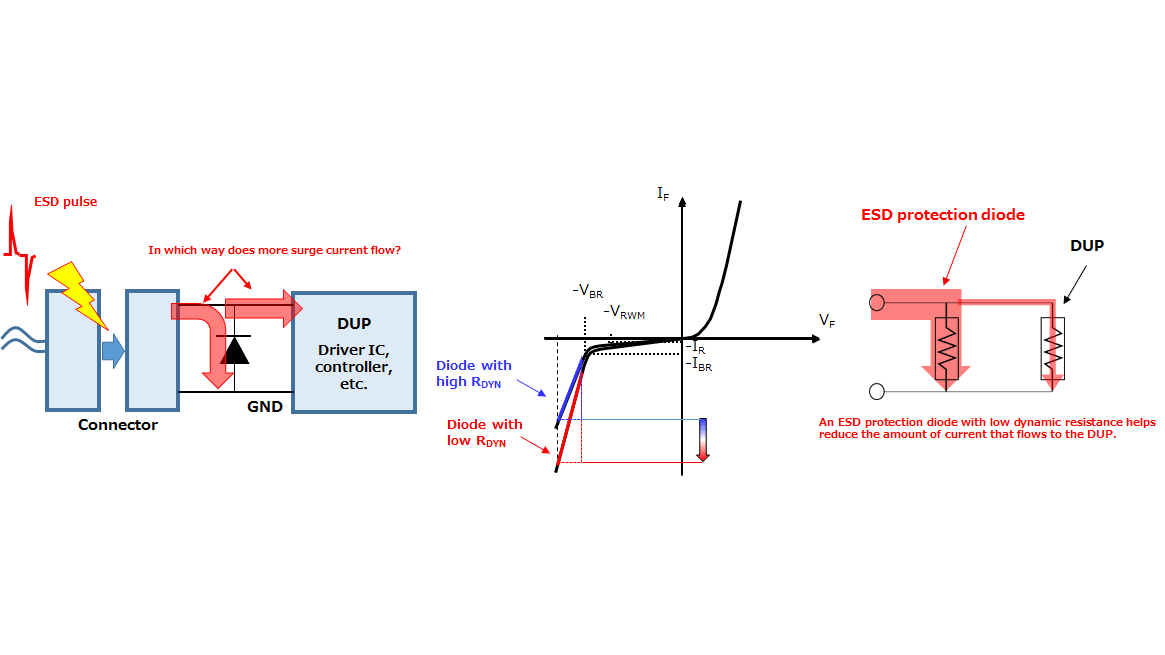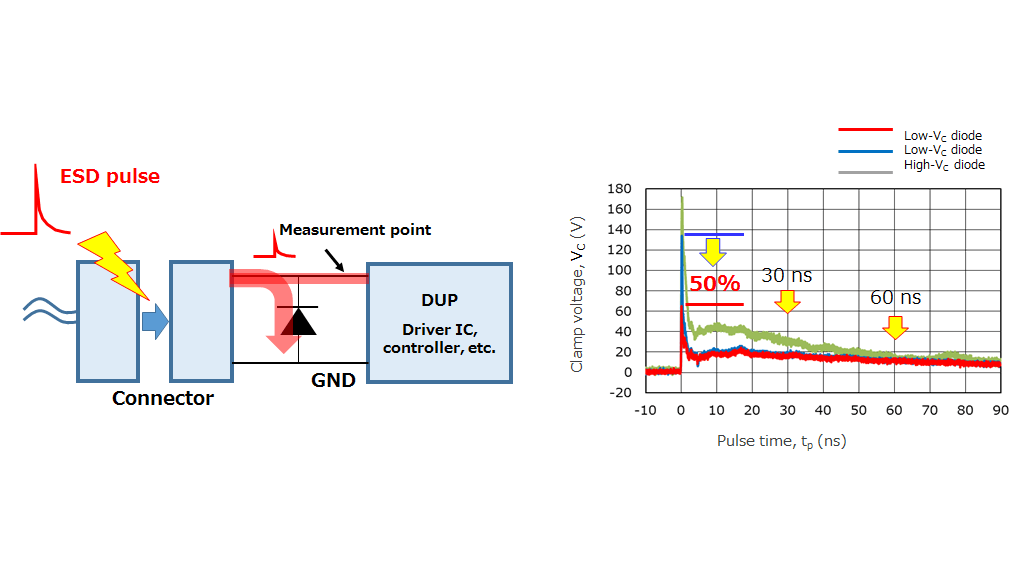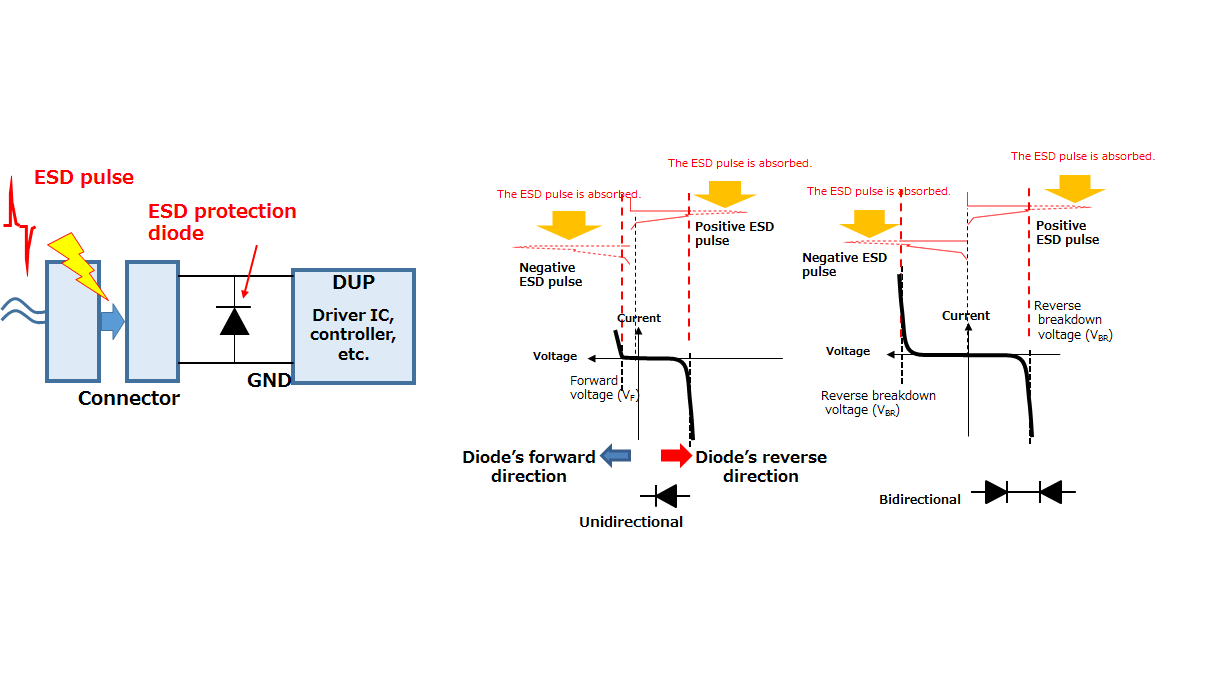- 半導體首頁
-
應用Automotive
Body Electronics
xEV
In-Vehicle Infotainment
Advanced Driver-Assistance Systems (ADAS)
Chassis
IndustrialInfrastructure
BEMS/HEMS
Factory Automation
Commercial Equipment
Consumer/PersonalIoT Equipment
Healthcare
Wearable Device
Mobile
Computer Peripherals
-
產品車用元件
Discrete Semiconductor
Diodes
電晶體
通用邏輯IC
Analog Devices
Digital Devices
Wireless Devices
※
: Products list (parametric search)
功率半導體※
: Products list (parametric search)
隔離器/固態繼電器Photocouplers
Digital Isolators
※
: Products list (parametric search)
MOSFETsIGBTs/IEGTs雙極性電晶體※
: Products list (parametric search)
Diodes※
: Products list (parametric search)
微控制器馬達驅動 ICs智能功率 ICs※
: Products list (parametric search)
電源管理 ICs線性 ICs※
: Products list (parametric search)
通用邏輯 ICs線性影像感測器其他產品其他產品
※
: Products list (parametric search)
-
開發/設計支援
開發 / 設計支援
-
技術知識
- 購買管道
- 型號 & 關鍵字搜尋
- 交叉搜尋
- 參數搜尋
- 線上庫存查詢跟購買
This webpage doesn't work with Internet Explorer. Please use the latest version of Google Chrome, Microsoft Edge, Mozilla Firefox or Safari.
型號需要超過三個文字以上 Search for multiple part numbers fromhere.
The information presented in this cross reference is based on TOSHIBA's selection criteria and should be treated as a suggestion only. Please carefully review the latest versions of all relevant information on the TOSHIBA products, including without limitation data sheets and validate all operating parameters of the TOSHIBA products to ensure that the suggested TOSHIBA products are truly compatible with your design and application.Please note that this cross reference is based on TOSHIBA's estimate of compatibility with other manufacturers' products, based on other manufacturers' published data, at the time the data was collected.TOSHIBA is not responsible for any incorrect or incomplete information. Information is subject to change at any time without notice.
型號需要超過三個文字以上
3 Key electrical characteristics of TVS diodes (ESD protection diodes)
Key characteristics for normal operation (in the absence of an ESD event)
Since an ESD protection diode is connected in the reverse direction, the voltage across it is lower than the reverse breakdown voltage (VBR) during normal operation. Therefore, the ESD protection diode does not conduct during normal operation. At this time, a depletion layer is formed across the pn junction, causing the diode to act as a capacitor. The following three considerations apply to normal operation when selecting ESD protection diodes:
3-1-1 Whether the reverse breakdown voltage (VBR) of an ESD protection diode is sufficiently higher than the amplitude (maximum voltage) of the signal line to be protected
3-1-2 Whether the total capacitance (CT) of an ESD protection diode is sufficiently low with respect to the frequency of the signal line to be protected
3-1-3 Signal polarity (i.e., whether the signal voltage crosses the GND potential like an analog signal)
Key characteristics for protection against ESD events
When an ESD is introduced into a system, ESD protection diodes either conduct or enter reverse breakdown. A unidirectional ESD protection diode absorbs ESD energy by entering reverse breakdown in the event of a positive ESD strike and by going into conduction in the event of a negative ESD strike. There are three points to note to prevent the DUP from being destroyed by an ESD pulse:
3-2-1 Low dynamic resistance (RDYN)
3-2-2 Low clamp voltage (VC) and first peak voltage
3-2-3 Operations of an ESD protection diode to absorb ESD pulses with different polarities
- 1/7
- Next
3 Key electrical characteristics of TVS diodes (ESD protection diodes)
- 1 What is a TVS diode (ESD protection diode)?
- 2 Basic operations of TVS diodes (ESD protection diodes)
- 4 Selection guidelines for TVS diodes (ESD protection diodes)
- 5 Layout considerations for TVS diodes (ESD protection diodes)
- 6 Absolute maximum ratings of TVS diodes (ESD protection diodes)
- 7 Electrical characteristics of TVS diodes (ESD protection diodes)
Related information
- Product Web Page
TVS Diodes (ESD protection diodes) - Applidcation Notes
Diode - FAQ
TVS diodes (ESD protection diodes) - Parametric searches for all Toshiba TVS diode (ESD protection diodes) produ cts are available here:
Parametric search - Stock Check & Purchase Toshiba TVS diode (ESD protection diodes) here
Stock Check & Purchase







